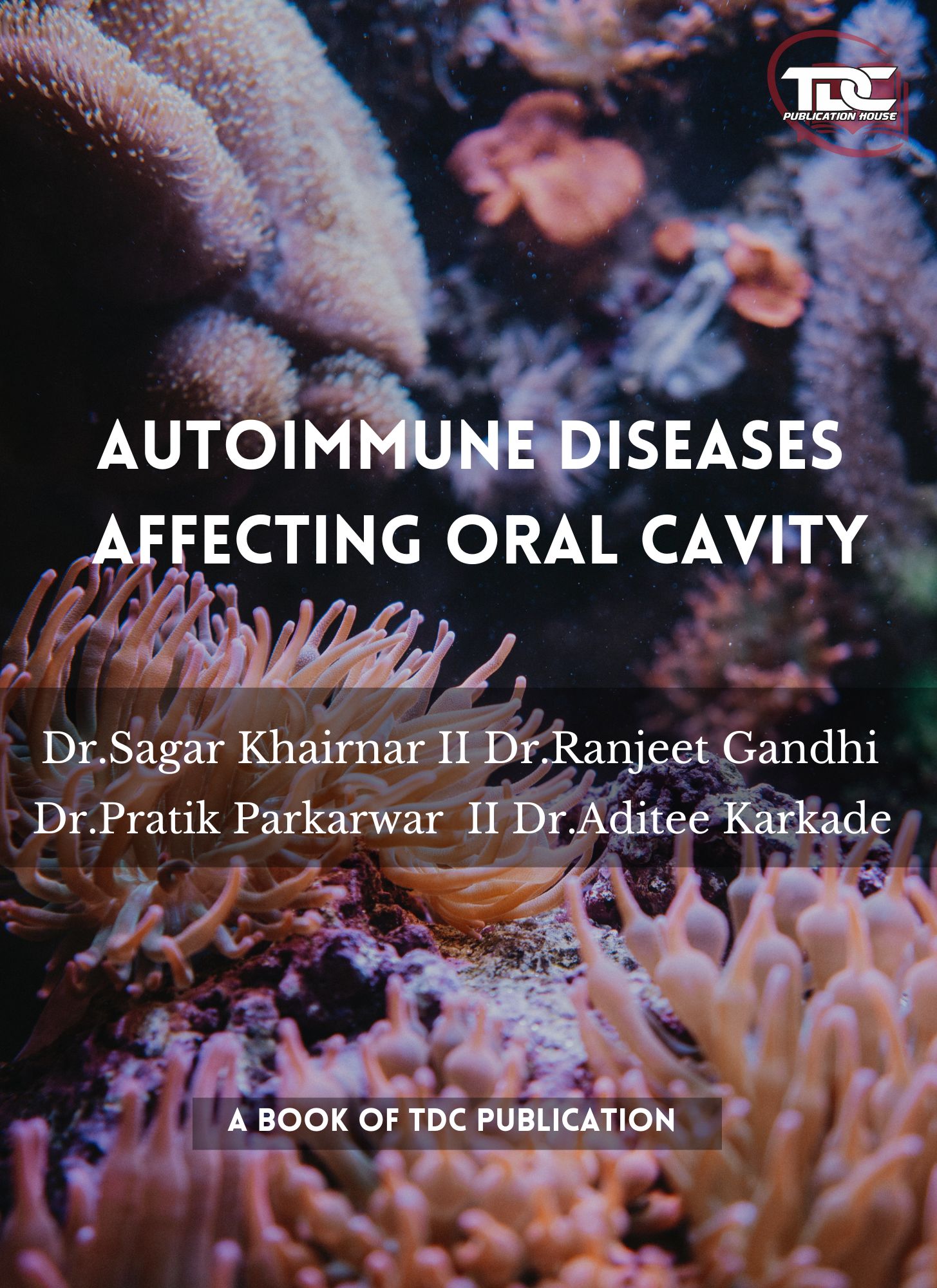The term autoimmune disease is ideally applied to those cases where it can be shown that autoimmune process contributes to pathogenesis of disease rather than situations where apparently harmless autoantibodies are formed following tissue damage. Autoimmune disease is controlled by genetic and environmental factors. Both of these affect susceptibility to autoimmunity at three levels: (1) The overall reactivity of the immune system (2) Specific antigen and its presentation and (3) Target tissue.Autoimmune diseases occur in upto 3-5% of the general population. They are common in females for which, the reason is unknown.4 They are classified as organ-specific or multisystem. In organ-specific the immune system reacts against an antigen which is present in only one organ eg: thyroxine which is present in only thyroid. One important feature of some organ-specific autoimmune disease is the tendency for overlap, such that an individual with one specific syndrome is more likely to develop a second syndrome. Eg: there is high incidence of pernicious anemia in individuals with autoimmune thyroiditis.In systemic or non organ specific autoimmune diseases the pathologic lesions are found in multiple organs and tissues. Eg: systemic lupus erythematosus (SLE) which involves kidneys, joints, skin, blood vessels and central nervous system. Autoimmune diseases can affect virtually any site in the body and accordingly their clinical presentation varies widely. Therefore, each disease is usually considered separately.Many autoimmune diseases have oral manifestations. The oral lesions are the initial and early manifestations in few autoimmune diseases. These oral manifestations must be properly recognized if the patient is to receive appropriate diagnosis and referral for treatment. Failure to identify these oral manifestations may reduce the likelihood of early treatment and lead to more serious problems.
ISBN: 9789391864859
Language: English
Format: PAPERBACK
Origin:
 zoom_in
zoom_in













comments